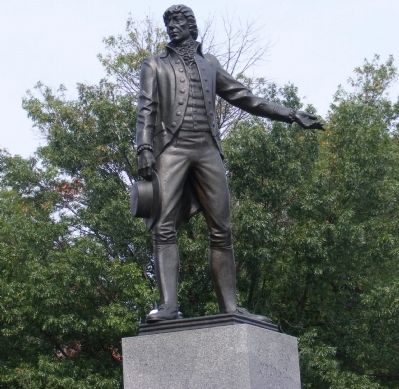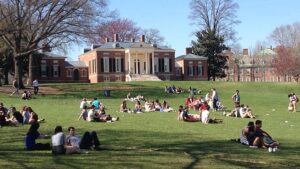The East Indian ship the “Pallas Indiaman,” with its master John O’Donnell (1749-1805), arrives in Baltimore laden with a valuable cargo of Chinese goods. The ship lands with four Chinese sailors aboard and 32 Lascars, sailors from India and East Asia, likely Hindus and Muslims.
Arriving only three years after the end of the Revolutionary War, the ship ushers in a long era of the lucrative American trade with China. O’Donnell, having recruited the sailors in Asia reneges on his promise and refuses to take them home again. The foreign sailors, abandoned in Baltimore, are led by a Bengali Muslim Lascar named Sick Keesar (possibly Sheik Kesar).
Over the next year, Keesar issues a petition to the U.S. Confederation Congress to both protest Captain O’Donnell’s mistreatment and to request funds for a return voyage. The Confederation Congress, always short of funds, turns down the request. The sailors, the new country’s first Asian immigrants, disappear from the records.
Adventurer and Irish immigrant John O’Donnell’s Chinese cargo attracts the attention of George Washington and other influential citizens eager to buy Chinese goods and encourage trade with China. O’Donnell, made wealthy by his cargo, marries and settles in Baltimore. He eventually purchases 2,000 acres, a plantation in east Baltimore that he names Canton. He becomes a proponent of the worldwide trade that enriches Baltimore, the country’s third largest city.
John O’Donnell owns enslaved people, and his statue has been removed from O’Donnell Square in the Canton neighborhood.






